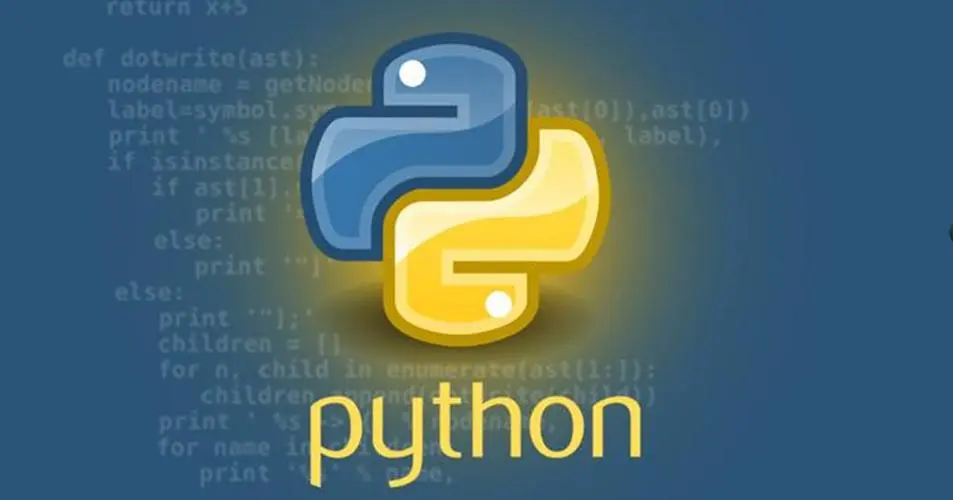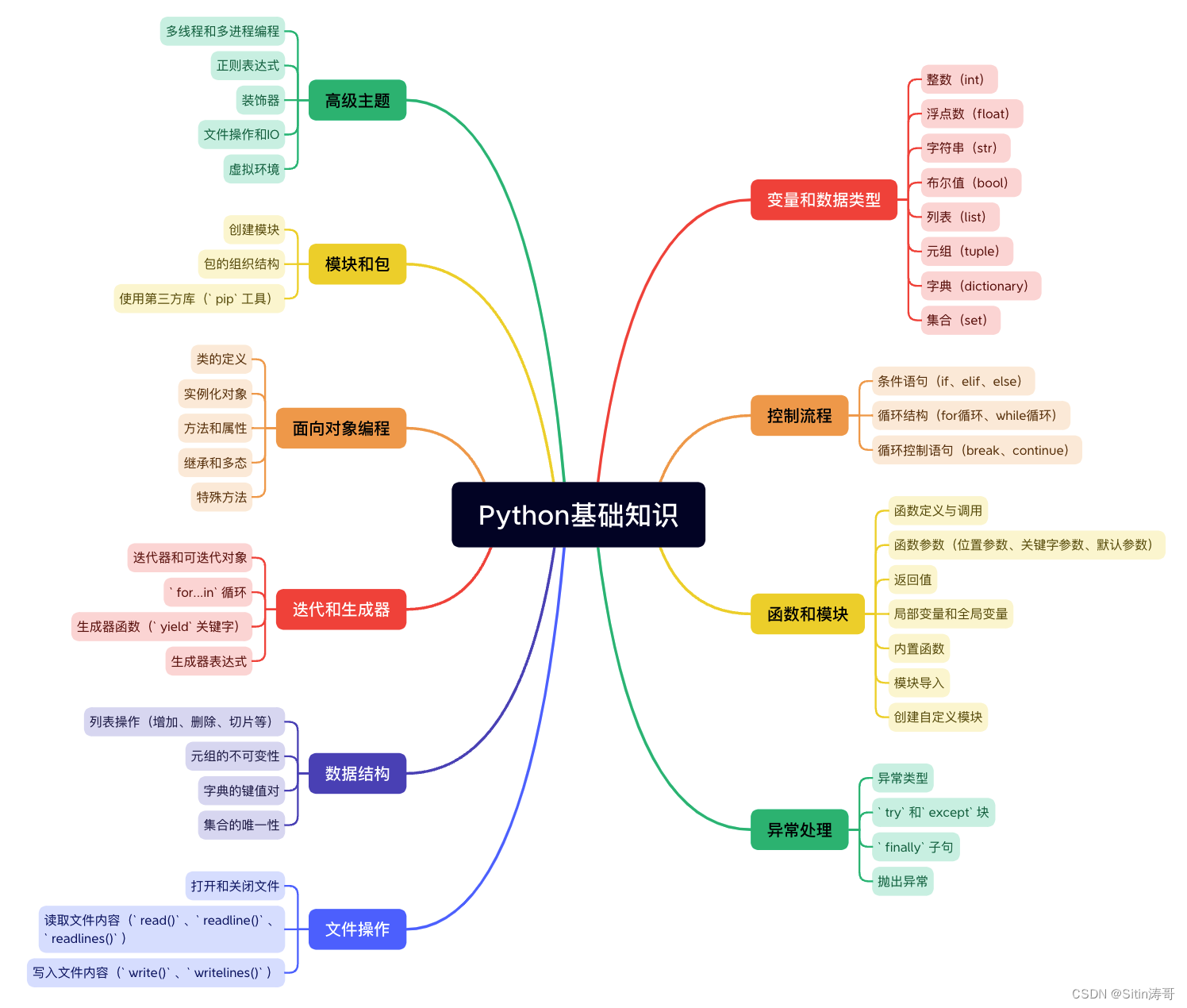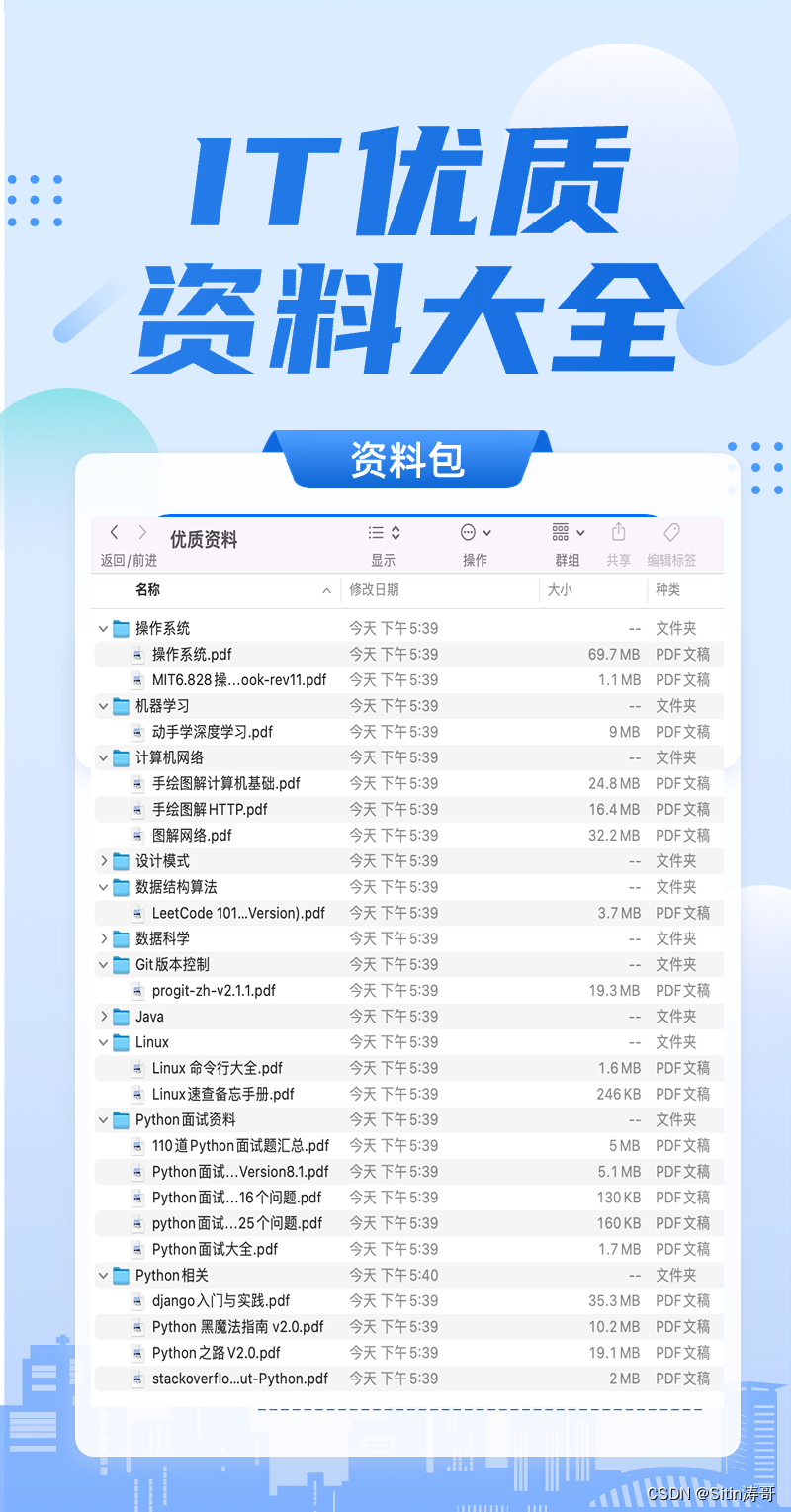
更多资料获取
📚 个人网站:ipengtao.com
正则表达式(Regular Expressions,简称 RegEx)是一种强大的文本匹配和搜索工具,它在数据处理、文本解析和字符串操作中发挥着关键作用。Python 提供了内置的 re 模块,用于处理正则表达式,能够进行高级的模式匹配和搜索。本文将深入探讨 Python 中的正则表达式,包括基本语法、常用函数和高级应用。
什么是正则表达式?
正则表达式是一种用于匹配字符串的模式,它由一系列字符和特殊符号组成,用于定义搜索模式。
正则表达式可以用于:
- 检查字符串是否符合特定格式
- 从文本中提取信息
- 替换文本中的字符串
- 过滤文本中的数据
正则表达式的基本语法
1. 基本字符匹配
- 字符匹配:普通字符会与自身匹配。例如,正则表达式
cat将匹配字符串中的cat。 - 点号(
.):匹配除换行符外的任何单个字符。例如,正则表达式c.t可以匹配cat、cut和cot。 - 字符集合(
[]):用于匹配字符中的一个字符。例如,正则表达式[aeiou]可以匹配任何元音字母。 - 范围(
-):用于定义字符集合的范围。例如,正则表达式[a-z]可以匹配任何小写字母。 - 反向字符集合(
[^]):用于匹配字符集合之外的任何字符。例如,正则表达式[^0-9]可以匹配任何非数字字符。
2. 重复和数量限定符
- 星号(
*):匹配前一个字符零次或多次。例如,正则表达式ca*t可以匹配ct、cat、caat等。 - 加号(
+):匹配前一个字符一次或多次。例如,正则表达式ca+t可以匹配cat、caat等,但不能匹配ct。 - 问号(
?):匹配前一个字符零次或一次。例如,正则表达式ca?t可以匹配ct或cat。 - 花括号(
{m,n}):匹配前一个字符至少 m 次,最多 n 次。例如,正则表达式ca{2,4}t可以匹配caat、caaat或caaaat。
3. 特殊字符
正则表达式中有一些特殊字符,它们具有特殊的含义:
- 反斜杠(
\):用于转义特殊字符。例如,\.匹配点号,而\\匹配反斜杠本身。 - 开始锚点(
^):匹配字符串的开头。 - 结束锚点(
$):匹配字符串的结尾。 - 单词边界锚点(
\b):匹配单词的边界。例如,\bword\b可以匹配word,但不匹配words或keyword。
Python 中的re 模块
Python 中的 re 模块提供了一组函数,用于执行正则表达式操作。
以下是一些常用的函数:
re.match(pattern, string):从字符串的开头开始匹配,如果匹配成功返回一个匹配对象,否则返回None。re.search(pattern, string):在字符串中搜索匹配项,如果找到任何匹配项则返回一个匹配对象,否则返回None。re.findall(pattern, string):返回字符串中所有与模式匹配的项的列表。re.finditer(pattern, string):返回一个迭代器,迭代器中的每个元素都是一个匹配对象。re.split(pattern, string):根据模式的匹配项拆分字符串,并返回拆分后的列表。re.sub(pattern, replacement, string):使用替换字符串替换模式的匹配项,并返回新字符串。
示例:基本匹配
import re# 使用 re.match() 匹配字符串开头的模式
pattern = r"hello"
string = "hello world"
match = re.match(pattern, string)
if match:print("Match found:", match.group())
else:print("Match not found")# 使用 re.search() 搜索字符串中的模式
pattern = r"world"
string = "hello world"
search = re.search(pattern, string)
if search:print("Search found:", search.group())
else:print("Search not found")
在上述示例中,使用 re.match() 和 re.search() 函数分别查找了模式 "hello" 和 "world" 是否存在于字符串中。 match 和 search 都返回匹配对象,可以使用 group() 方法获取匹配的文本。
示例:字符集合和范围
import re# 使用字符集合匹配元音字母
pattern = r"[aeiou]"
string = "hello world"
matches = re.findall(pattern, string)
print("Vowels:", matches)# 使用范围匹配小写字母
pattern = r"[a-z]"
string = "Hello World"
matches = re.findall(pattern, string, re.IGNORECASE) # 忽略大小写
print("Lowercase letters:", matches)
在这两个示例中,使用字符集合匹配元音字母和范围匹配小写字母。re.IGNORECASE 标志用于忽略大小写。
示例:数量限定符
import re# 使用 * 匹配零次或多次
pattern = r"ca*t"
strings = ["ct", "cat", "caat", "cot", "cut"]
for string in strings:if re.match(pattern, string):print("Match found for", string)# 使用 + 匹配一次或多次
pattern = r"ca+t"
strings = ["ct", "cat", "caat", "cot", "cut"]
for string in strings:if re.match(pattern, string):print("Match found for", string)# 使用 ? 匹配零次或一次
pattern = r"ca?t"
strings = ["ct", "cat", "caat", "cot", "cut"]
for string in strings:if re.match(pattern, string):print("Match found for", string)# 使用 {m,n} 匹配特定次数范围
pattern = r"ca{2,4}t"
strings = ["cat", "caat", "caaat", "caaaat", "ct", "cut"]
for string in strings:if re.match(pattern, string):print("Match found for", string)
在这些示例中,使用 *、+、? 和 {m,n} 来匹配不同次数的字符。
示例:特殊字符和锚点
import re# 使用反斜杠转义特殊字符
pattern = r"\."
string = "www.example.com"
match = re.search(pattern, string)
if match:print("Dot found:", match.group())# 使用开始锚点匹配字符串开头
pattern = r"^Hello"
strings = ["Hello world", "Hi Hello"]
for string in strings:if re.match(pattern, string):print("Match found for", string)# 使用结束锚点匹配字符串结尾
```python
pattern = r"world$"
strings = ["Hello world", "world peace"]
for string in strings:if re.search(pattern, string):print("Match found for", string)# 使用单词边界锚点匹配单词边界
pattern = r"\bword\b"
strings = ["word", "words", "keyword"]
for string in strings:if re.search(pattern, string):print("Match found for", string)
在这些示例中,演示了如何使用反斜杠转义特殊字符,以及如何使用开始锚点、结束锚点和单词边界锚点来匹配特定的位置。
示例:使用 re.findall() 提取信息
import re# 提取所有邮箱地址
text = "Email me at john@example.com or jane@example.net"
pattern = r"\S+@\S+"
matches = re.findall(pattern, text)
print("Email addresses:", matches)
在这个示例中,使用正则表达式 r"\S+@\S+" 来提取文本中的邮箱地址。\S+ 匹配非空白字符,@ 匹配 “@” 符号,再次跟着 \S+ 匹配非空白字符,这样就可以提取出所有的邮箱地址。
示例:使用 re.sub() 替换文本
import re# 替换文本中的日期
text = "Today is 2022-12-25. Tomorrow is 2022-12-26."
pattern = r"\d{4}-\d{2}-\d{2}"
replacement = "YYYY-MM-DD"
new_text = re.sub(pattern, replacement, text)
print("Modified text:", new_text)
在这个示例中,使用正则表达式 r"\d{4}-\d{2}-\d{2}" 匹配日期格式(例如 2022-12-25),然后使用 "YYYY-MM-DD" 替换所有匹配的日期。
总结
正则表达式是处理文本数据的强大工具,Python 的 re 模块使其在编程中易于使用。本文介绍了正则表达式的基本语法和常见函数,并提供了示例代码,希望能帮助大家更好地理解和使用正则表达式,从而处理文本数据的各种需求。
Python学习路线

更多资料获取
📚 个人网站:ipengtao.com
如果还想要领取更多更丰富的资料,可以点击文章下方名片,回复【优质资料】,即可获取 全方位学习资料包。

点击文章下方链接卡片,回复【优质资料】,可直接领取资料大礼包。



线性表List)

)





)
)






